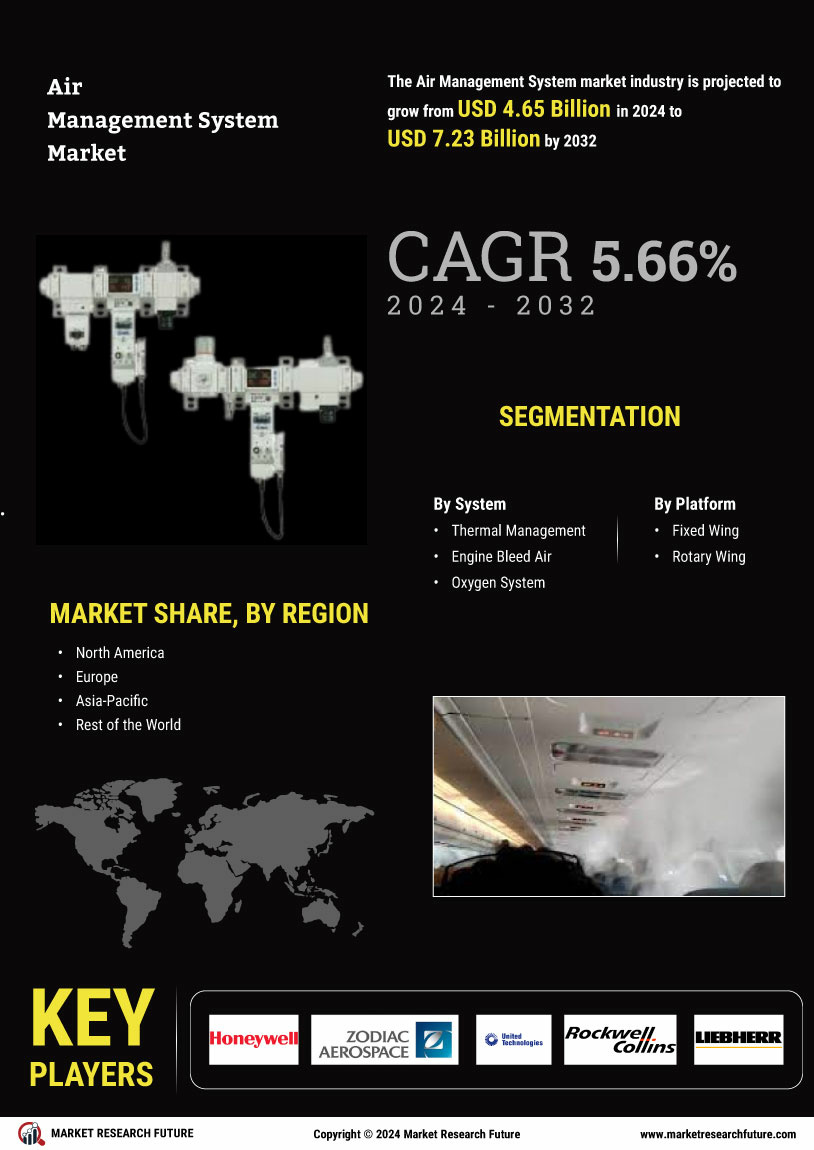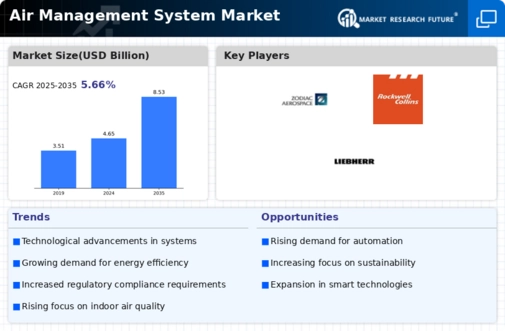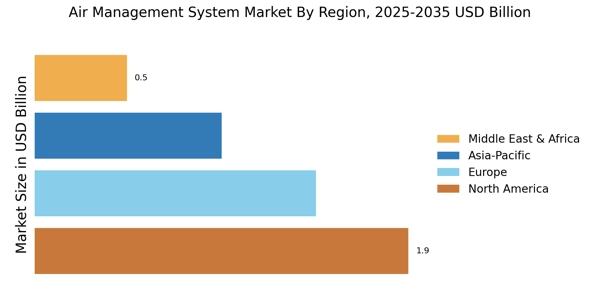Leading market players are investing heavily in research and development to expand their product lines, which will help the air management system market grow even more. There are some strategies for action that market participants are implementing to increase their presence around the world's global footprint, with important market developments including new product launches, contractual agreements and acquisitions, higher investments, and collaboration with other organizations. To expand and survive in a more competitive and rising market climate, the air management system industry must offer cost-effective items.
Manufacturing locally to minimize operational costs is one of the key business tactics manufacturer use in the global air management system industry to benefit clients and increase the market sector. In recent years, the air management system industry has offered some of the most significant technological advancements.
Major players in the air management system market, including Honeywell International Inc. (U.S), Zodiac Aerospace (France), United Technologies Corporation (U.S), Dukes Aerospace Inc. (U.S), Rockwell Collins, Inc. (U.S), Meggitt PLC (U.K), Liebherr Group (Germany), Aeronamic Aircraft Subsystems (Netherlands), Shimadzu Corporation (Japan), and others are attempting to grow market demand by investing in research and development operations.
Honeywell is a technology company. It offers goods and services for the aerospace industry, control technologies for buildings and industry, and performance materials worldwide. Our technologies make connecting airplanes, buildings, factories, supply lines, and workers easier. It makes our world smarter, safer, and more environmentally friendly. At Honeywell, we help businesses with some of their hardest problems. Check out some of our best-selling items. With the help of our cutting-edge technologies, specialty chemicals, and advanced materials, our users are creating the future of medicine.
In June 2023, Honeywell announced that it would acquire SCADAfence, a provider of cybersecurity solutions for monitoring large-scale networks that use operational technology (OT) and the Internet of Things (IoT). SCADAfence's proven asset discovery, threat detection, and security governance features are essential to effective facilities and industrial management cybersecurity program.
Parker Aerospace is an industry leader in many areas related to flight control, hydraulics, fuel and inserting, fluid conveyance, thermal management, lubrication, and pneumatics for the aerospace and other high-tech industries. Supporting aircraft and aero-engine manufacturers worldwide, the company has a century's knowledge and invention in the aerospace industry, which benefits both civilian and military planes. In June 2023, Parker Meggitt, a division of Parker Hannifin Corporation, the world's most prominent motion and control technology provider, announced a collaboration with Airbus to create an energy buffer n service of the ZEROe aircraft demonstration.
Parker Meggitt is developing energy storage equipment for electric propulsion in collaboration with Airbus. The eBuffer will optimize security, efficiency, and weight while juggling mechanical and electrical limitations.

















Leave a Comment